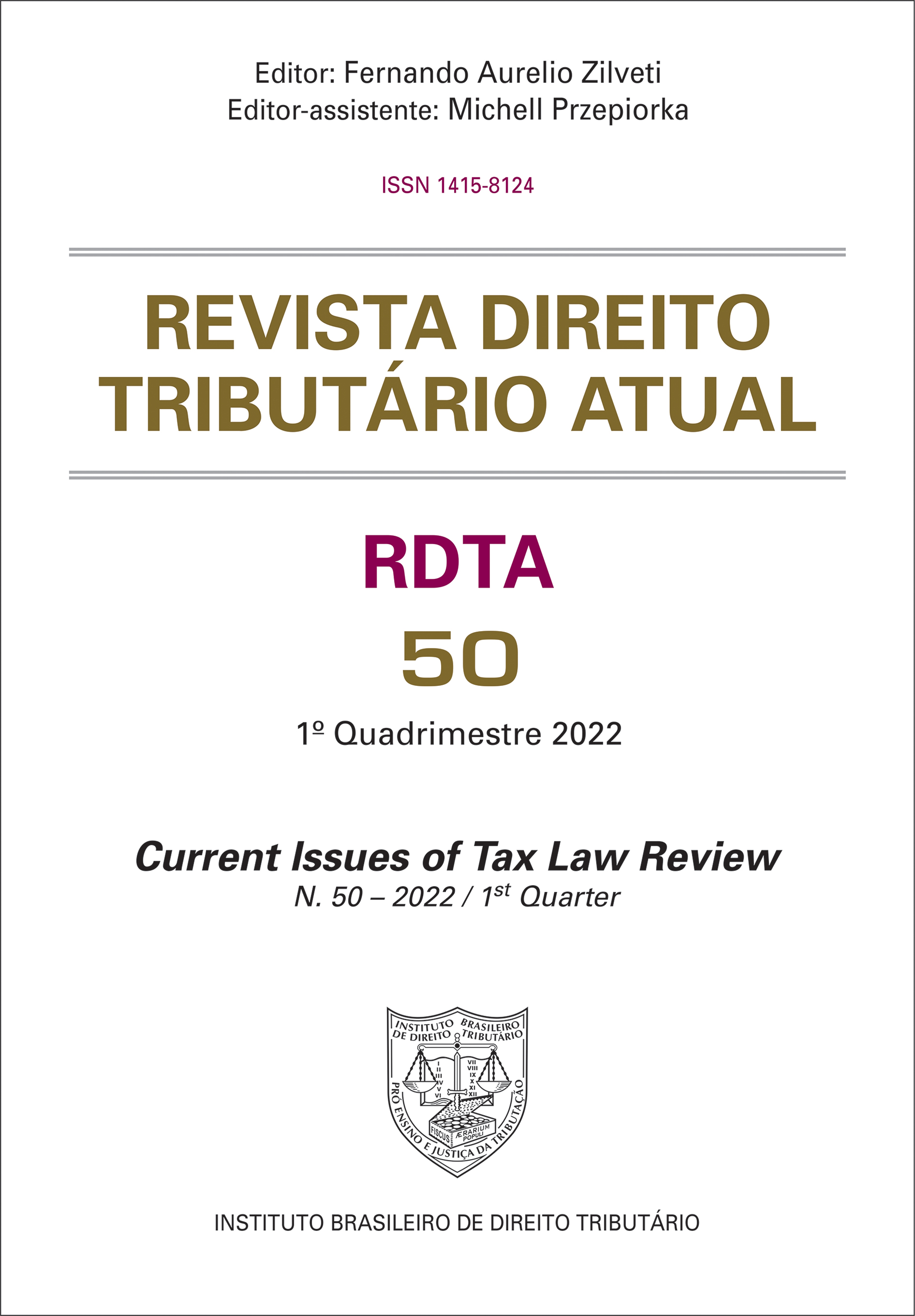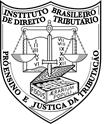Rules of Competence and the Open Texture of Natural Language
Keywords:
types, concepts, tax competence rules, open texture of languageAbstract
Among Brazilian Tax Law Scholars, the controversy among those who consider that rules of competence are conveyed through words used as types, or as concepts, is similar to that established in the 1960s in Argentina between Genaro Carrió and Sebastian Soler, in relation to which the first was right. The open texture of language, and the impossibility of a perfect adjustment of the realities assigned to the words that designate them, lead to the conclusion that all words, used or not in norms of competence, with the exception of those that designate ideal mathematical realities, have their meaning determined as types. But from there, one should not fall into the false dichotomy that, as a consequence, there are no norms, since the interpreter would have total discretion in the task of attributing meaning to them. The context determines this meaning, providing information capable of eliminating vagueness and ambiguity present in all words abstracted considered. In the case of tax competence rules, for example, there are contextual factors such as their contrast with other rules of competence, which they should not overlap, as well as the observation of the legislative debates and the taxes that preceded them, in previous Brazilian constitutions, which allow a more precise attribution of meaning to the terms that convey them.
Published
How to Cite
Issue
Section
License
Copyright (c) 2022 Hugo de Brito Machado Segundo

This work is licensed under a Creative Commons Attribution-NonCommercial-ShareAlike 4.0 International License.
O autor (ou coautor) declara que o artigo submetido à avaliação, que segue em anexo, é de sua autoria, e inédito, comprometendo-se a não publicar este artigo em qualquer outro meio, impresso ou digital, mantendo a exclusividade para a Revista Direito Tributário Internacional Atual, cedendo, em caso de aprovação do trabalho, os direitos autorais à Revista para fins de publicação do trabalho nesta edição.





